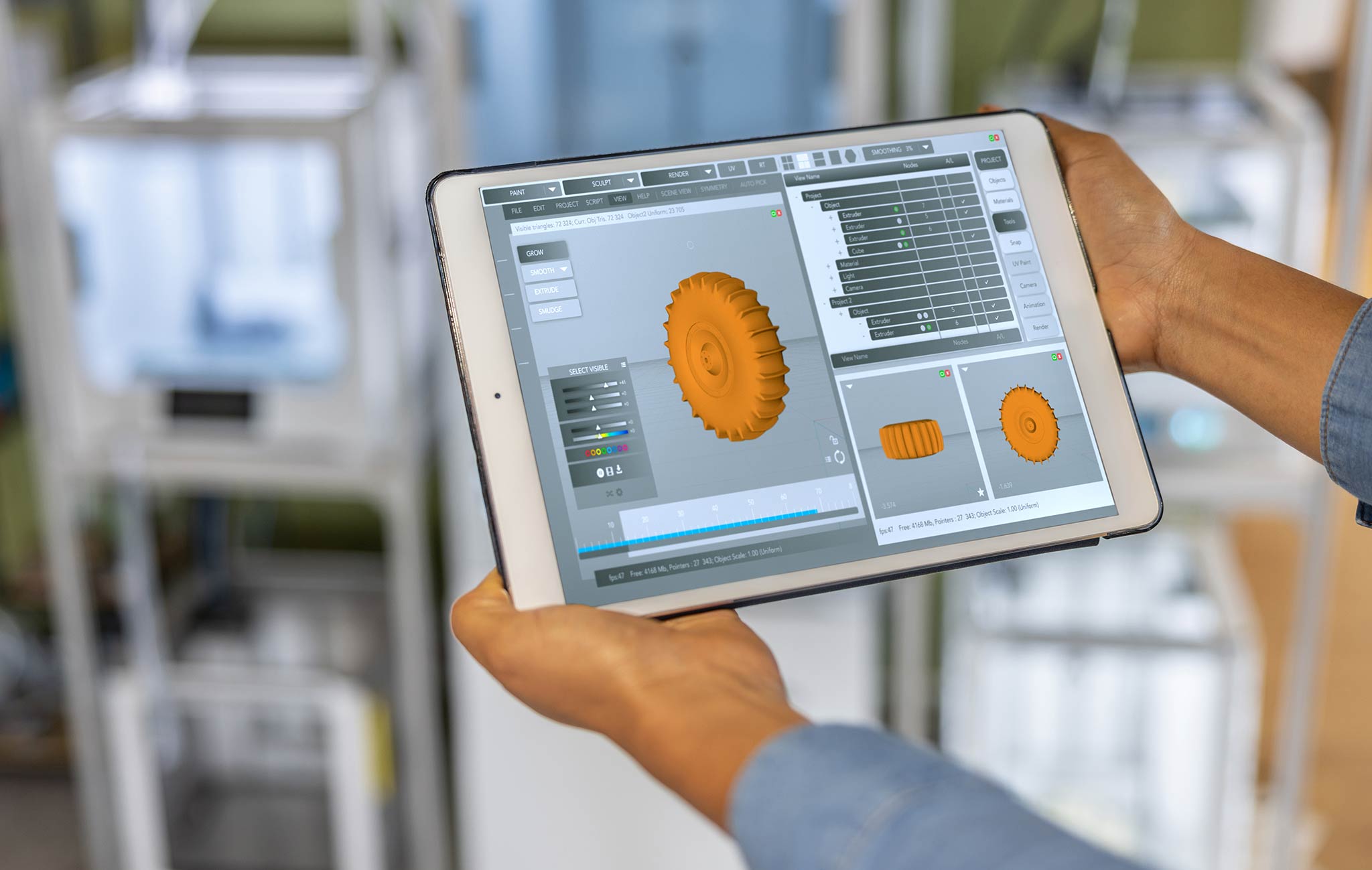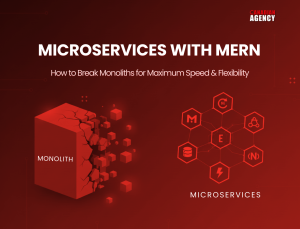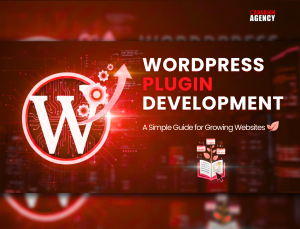If you’re creating software, there are many steps before you finish. Picking the right way to build it is crucial, as is checking if your idea will work. Validating your product means making sure it’s right for the market. It helps you understand if people will like it and gives you a clear plan for making it better. In the tech world, companies often use a prototype or a minimum viable product (MVP) to test their ideas with users. This article will compare prototype vs MVP and help you decide which is best for your project.
What Is A Prototype?
A prototype materializes your product idea into something tangible, bridging the gap between concept and reality. Its size and complexity vary from a basic sketch to an interactive model. Prototypes facilitate communication with design and engineering teams by visually depicting what needs to be built. They’re like the packaging of an empty box, revealing the contents and appearance. Your prototype’s complexity depends on your skills and preferences.
Purpose of Prototypes in Product Development:
Prototypes are preliminary versions of a product used to evaluate and test various aspects of its design, functionality, and user experience before mass production. The primary purposes of prototypes in product development include:
- Testing and validating design concepts.
- Identifying potential flaws or areas for improvement.
- Gathering feedback from stakeholders and end-users.
- Guiding the development process by providing a tangible representation of the final product.
- Saving time and money by detecting and addressing issues early in the development cycle.
How to Build a Prototype:
Building a prototype involves several steps, which can vary depending on the complexity of the product and the development process. However, some general steps include:
- Define the objectives and scope of the prototype.
- Create a conceptual design or sketch of the product.
- Select appropriate materials and tools for building the prototype.
- Build the prototype using different techniques.
- Test the prototype to evaluate its functionality, usability, and performance.
- Gather feedback from stakeholders and make necessary revisions.

Types of Prototypes:
There are various prototypes, each serving different purposes and stages of the product development process. Some common types include:
- Paper Prototype: A low-fidelity prototype created using paper sketches or mockups.
- Wireframe Prototype: A simplified digital prototype focusing on the layout and structure of a user interface.
- Functional Prototype: A prototype that closely resembles the final product regarding appearance and functionality.
- Proof-of-Concept Prototype: A prototype used to demonstrate the feasibility of a concept or technology.
- Virtual Prototype: A digital simulation or representation of a product, often used in industries such as automotive and aerospace.
Benefits of Prototyping:
Prototyping offers several benefits throughout the product development process, including:
- Early detection and resolution of design flaws or technical issues.
- Reduced development time and cost by minimizing rework and iterations.
- Improved communication and collaboration among team members and stakeholders.
- Increased confidence in the final product through iterative testing and refinement.
- Better alignment with user needs and market requirements, leading to higher customer satisfaction and success in the marketplace.
What is an MVP?
An MVP, or Minimum Viable Product, is a version of a product with the minimum features required to satisfy early customers and gather feedback for future development. The primary goal of an Minimum Viable Product (MVP) is to validate assumptions about the product’s value proposition, functionality, and market demand with minimal resources and investment. It allows businesses to test their ideas in the real world and iterate based on user feedback.
How to Build an MVP:
Building an MVP involves several steps to create a functional prototype with essential features. Here’s a simplified process:
- Identify the core problem or need your product seeks to address.
- Define the key features required to solve this problem or meet the need.
- Prioritize features based on their importance and feasibility for the initial version.
- Develop a basic version of the product that includes only the essential features.
- Test the MVP with a select group of early adopters or target users.
- Gather feedback and data on user behavior, preferences, and satisfaction.
- Iterate on the MVP based on the feedback received, adding features or refining existing ones as necessary.
Features of an Minimum Viable Product (MVP):
The features of an MVP are typically limited to the core functionalities that are essential for addressing the target problem or need. Some common features of an MVP include:
- Basic user interface with key navigation and interaction elements.
- Core functionality that solves the primary problem or delivers the main value proposition.
- Minimal set of features necessary for users to accomplish basic tasks or goals.
- Integration with external systems or services required for basic functionality.
- Basic analytics or feedback mechanisms to gather user data and insights.
- Simplified or manual processes to simulate more complex features.

Benefits of MVP:
Implementing an MVP approach offers several benefits to startups and businesses, including:
- Faster time to market by focusing on essential features and avoiding unnecessary complexities.
- Reduced development costs and resource requirements compared to building a full-featured product from the outset.
- Validation of product assumptions and market demand through real-world testing and user feedback.
- Opportunity to iterate and improve the product based on early user insights, leading to a more successful and market-ready final product.
- Enhanced ability to pivot or change direction based on feedback without significant sunk costs.
Comparing Prototype vs MVP
When comparing prototype vs MVP, it’s essential to understand their fundamental disparities, as they serve distinct purposes and stages in the product development process.
- Functionality
- Purpose and Scope
- Timing in the Product Development Cycle
- Resource Allocation and Cost Considerations
1- Functionality
Prototypes are like blueprints or rough sketches of a product. They are non-functional representations used to visualize ideas and gather feedback. Prototypes focus on exploring different concepts, designs, and functionalities without actually implementing them in a working product.
On the other hand, MVPs are functional versions of the product with enough features to provide value to users. Unlike prototypes, MVPs are fully operational and can address users’ needs. They showcase the product’s core features, allowing users to interact with it and experience its benefits firsthand.
2- Purpose and Scope
The purpose of prototypes is to test and refine ideas. They are created in the early stages of product development to explore different concepts, gather feedback, and make necessary improvements. Prototypes validate assumptions and refine the product concept before investing significant resources in building the final product.
In contrast, MVPs are designed to deliver value to users and validate market demand. They represent the minimum set of features required to solve users’ problems and address their needs. MVPs aim to provide a tangible representation of the product’s core functionality, allowing teams to test hypotheses, validate assumptions, and gather real-world user feedback.
3- Timing in the Product Development Cycle
Prototypes are typically created in the early stages of product development before significant resources are invested in building the final product. They serve as a foundation for further development, allowing teams to experiment with different ideas and gather feedback from stakeholders and potential users.
On the other hand, Minimum Viable Product (MVP) come after the prototype stage once the core features and functionalities have been identified and validated. MVPs are created when teams are ready to release a functional version of the product to early adopters and validate market demand. They represent a more advanced stage in the product development cycle, where the focus shifts from exploration to validation and execution.
4- Resource Allocation and Cost Considerations
Prototyping is relatively low-cost and requires fewer resources than MVP development. It can be created using simple tools and techniques, such as sketches, mockups, or digital simulations. Prototypes allow teams to experiment with different ideas and concepts without fully committing to a specific direction or investing significant resources.
On the other hand, MVP development requires more resources and investment, as it involves building a functional version of the product that can be released to early adopters. MVPs require more time, effort, and financial investment to develop, representing a more advanced stage in the product development cycle. However, they also offer the opportunity to start gaining traction in the market and generating revenue.
| Aspect | Prototypes | MVPs |
| Functionality | Non-functional models used for visualization and feedback. |
Functional versions with core features providing value to users.
|
| Purpose and Scope | Test and refine ideas, validate assumptions, and gather feedback. |
Deliver value to users, validate market demand, and gather real-world feedback.
|
| Timing in the Product Development Cycle | Early stage, before significant resources are invested. |
Advanced stage, after core features are identified and validated.
|
| Resource Allocation and Cost Considerations | Relatively low-cost, fewer resources required. |
More resources and investment needed for development.
|
Final Verdict
Prototypes and MVPs are essential components of the product development process, each serving distinct purposes and stages. Prototypes help explore ideas and gather feedback early on, while MVPs focus on validating the product idea and market demand. Understanding the differences between prototypes and MVPs is crucial for creating successful products that meet users’ needs and succeed in the market.




